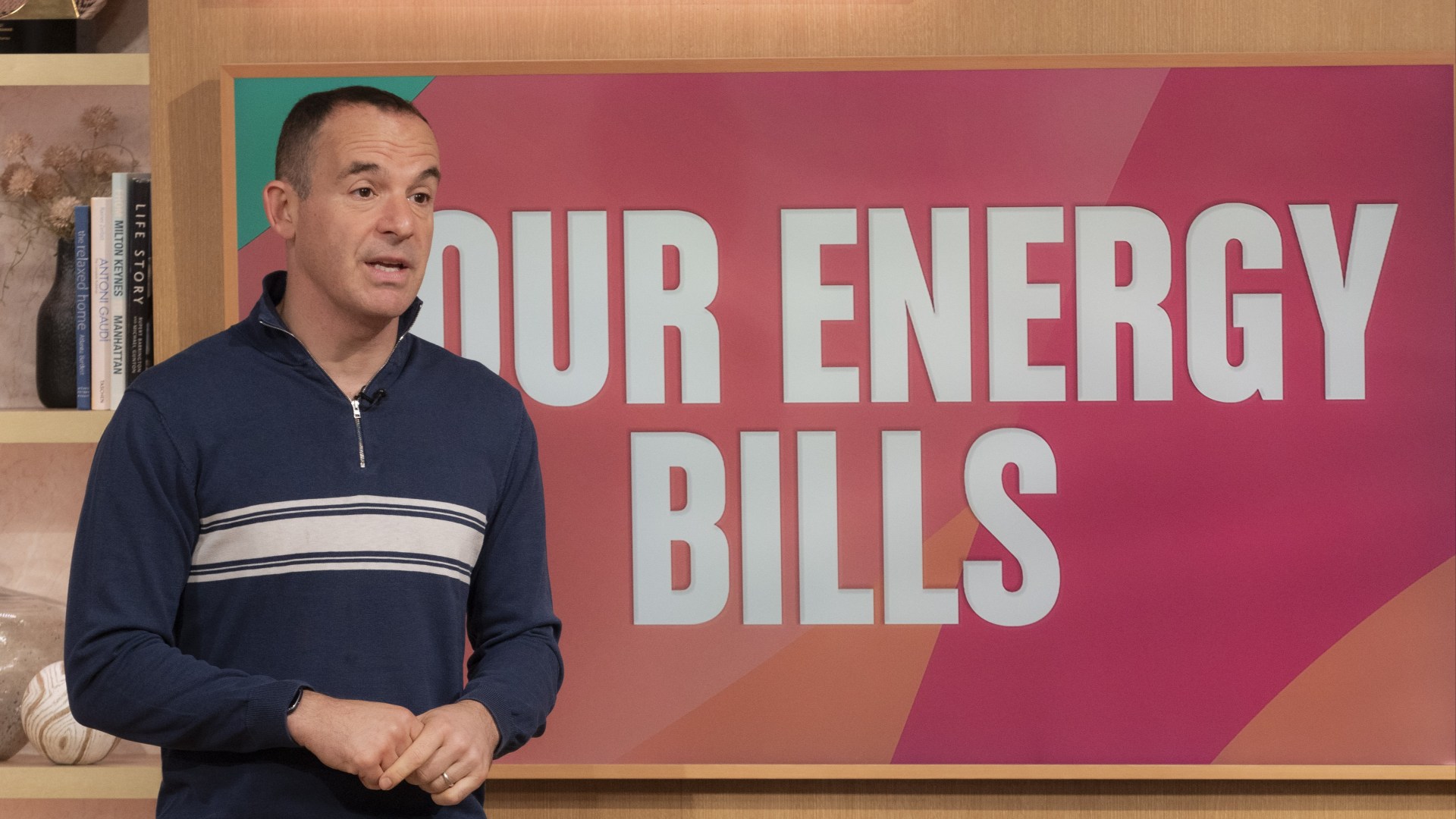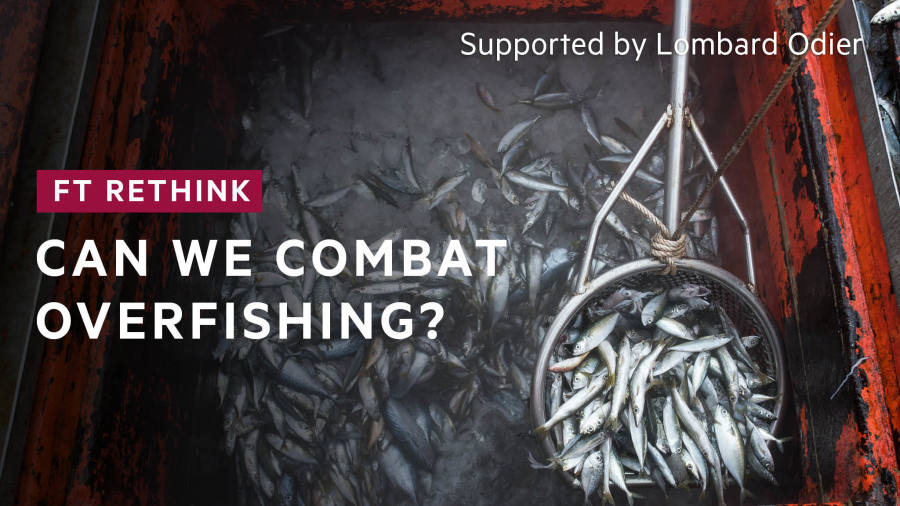President Xi Jinping’s economic planners are in sharp focus after an anticipated fiscal stimulus announcement on Tuesday failed to materialise, disappointing investors and curbing a historic rally in Chinese equities.
Expectations had been mounting that an initial round of monetary easing measures that targeted China’s depressed stock and property markets last month would be followed by fiscal spending to help encourage businesses and consumers to spend.
But the lack of further detail has left many investors and economists wondering how Beijing intends to dispel the gloom over the world’s second-largest economy.
What happened on Tuesday?
Zheng Shanjie, chair of China’s National Development and Reform Commission, the country’s economic planning agency, held a highly anticipated press briefing in Beijing, where he promised accelerated bond issuance to support the economy, front-loading about Rmb200bn ($28bn) from next year’s budget for spending and investment projects.
He also hinted at measures to stabilise the property sector, boost capital markets and fuel the “confidence” to achieve China’s economic growth target this year of about 5 per cent.
But the announcements left many investors nonplussed. Stock gains on the Hong Kong and Chinese bourses fizzled, with the Hang Seng index suffering its worst single-day fall since October 2008. The mainland CSI 300, which had soared more than 33 per cent over the past month, opened 5 per cent lower on Wednesday.
Did investors misread signs that a bazooka was coming?
The NDRC was unlikely to be the vehicle for a major stimulus announcement. A powerful state organ, it is more focused on implementation and oversight than central policy formation.
Rory Green, head of China research at TS Lombard, said there might have been an overestimation of Beijing’s immediate plans for broader fiscal stimulus following a late September politburo statement vowing stronger support.
He said the monetary stimulus, which was unveiled by the People’s Bank of China, was “pretty underwhelming” and did not reflect a change in approach to “growth by any means”. He added: “I think they’re still in the framework of stabilising rather than re-accelerating.”
Xu Zhong, head of China’s interbank market regulatory body and an influential commentator, warned investors on Tuesday not to misread the PBoC’s announcement as evidence of the central bank buying shares.
He also raised concerns about leveraged funds buying into stocks, a major feature of China’s 2015 stock market bubble. Many market watchers said Xu’s warning might have helped take the heat out of the market frenzy.
Are there signs a fiscal package is on its way?
Despite the lack of new detail from the NDRC, many observers remain hopeful that more substantive plans will be unveiled in the coming weeks.
The commission said it was “co-ordinating with relevant departments to expand effective investment” and “fully implement and accelerate” the steps outlined by the politburo, a tone HSBC analysts said was “constructive”. They added that another “window for action” beckons when the National People’s Congress standing committee meets towards the end of October.
Goldman Sachs analysts also said “any large stimulus package may require joint efforts from many key ministries”, pointing to ad hoc meetings by the finance ministry, housing regulator and politburo, one of the Chinese Communist party’s top leadership groups.
China’s finance minister will hold a press conference on Saturday focused on strengthening fiscal policy, the government announced on Wednesday.
CreditSights analysts warned, however, that while it was “too early to rule out any additional fiscal stimulus”, the scale “may fall short of market expectations”.
What might a fiscal package look like?
Market participants have proposed a wide range of estimates, from as low as Rmb1tn to as high as Rmb10tn.
A reasonable base case, according to Citi, is about Rmb3tn this year, composed of Rmb1tn to make up for the shortfall in local government revenue, Rmb1tn for consumption-led growth and Rmb1tn to help recapitalise banks.
Green said that while refunding China’s large banks was not “particularly necessary”, it could be a beneficial step if those funds flowed into the country’s stock of thousands of smaller banks, many of which are struggling to cope with a long-running property crisis.
Nicholas Yeo, head of Chinese equities at Abrdn, stressed that the critical issue remained “not the lack of credit but the lack of demand”, highlighting that to have any lasting positive impact, any fiscal stimulus needed to result in stronger consumption.
Would it be enough to help the Chinese economy?
For much of the past four years, investors and Chinese residents have been hoping that Xi’s administration will prioritise economic growth. But it remains unclear whether fiscal stimulus can restore confidence after the damage wrought by the pandemic, the property sector meltdown and Xi’s reassertion of party control over the business landscape.
Aaditya Mattoo, World Bank chief economist for east Asia and the Pacific, said long-standing structural problems, such as a rapidly ageing population and limited social protection, were compounding the pain of falling property prices and slowing income growth, compelling Chinese households to save rather than spend. Such problems are unlikely to be addressed by the size or scope of the anticipated fiscal stimulus.
Beijing’s hesitation to do more, many analysts said, also partly reflects concern over the need to conserve firepower for a bigger stimulus if Donald Trump, who has threatened higher tariffs on Chinese exports, wins the presidency in next month’s US election.
“I do think there is some caution around the Trump factor and whether they need to be gauging the risk of a massive trade war starting next year,” Green said.












































































































































You must be logged in to post a comment Login